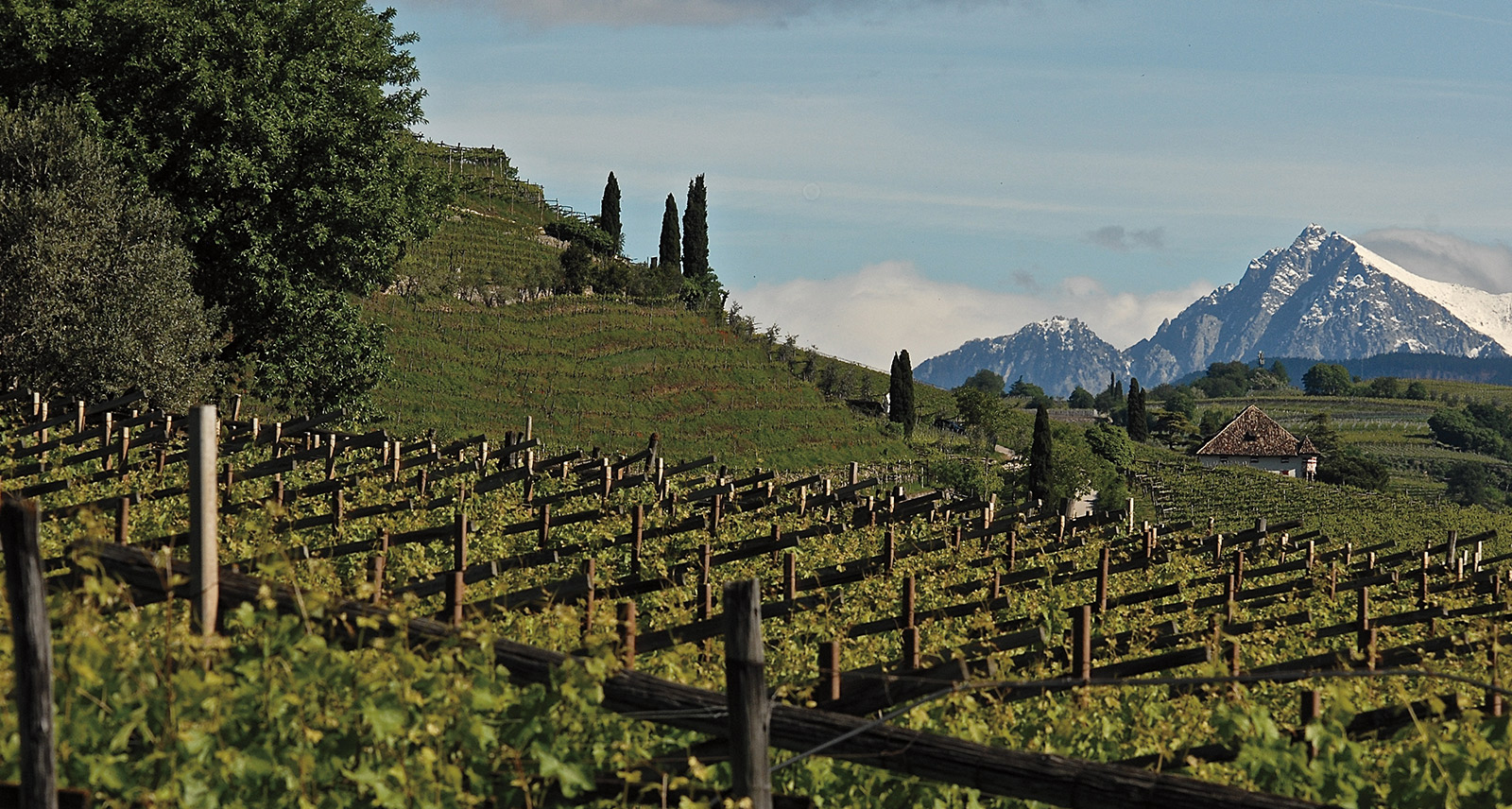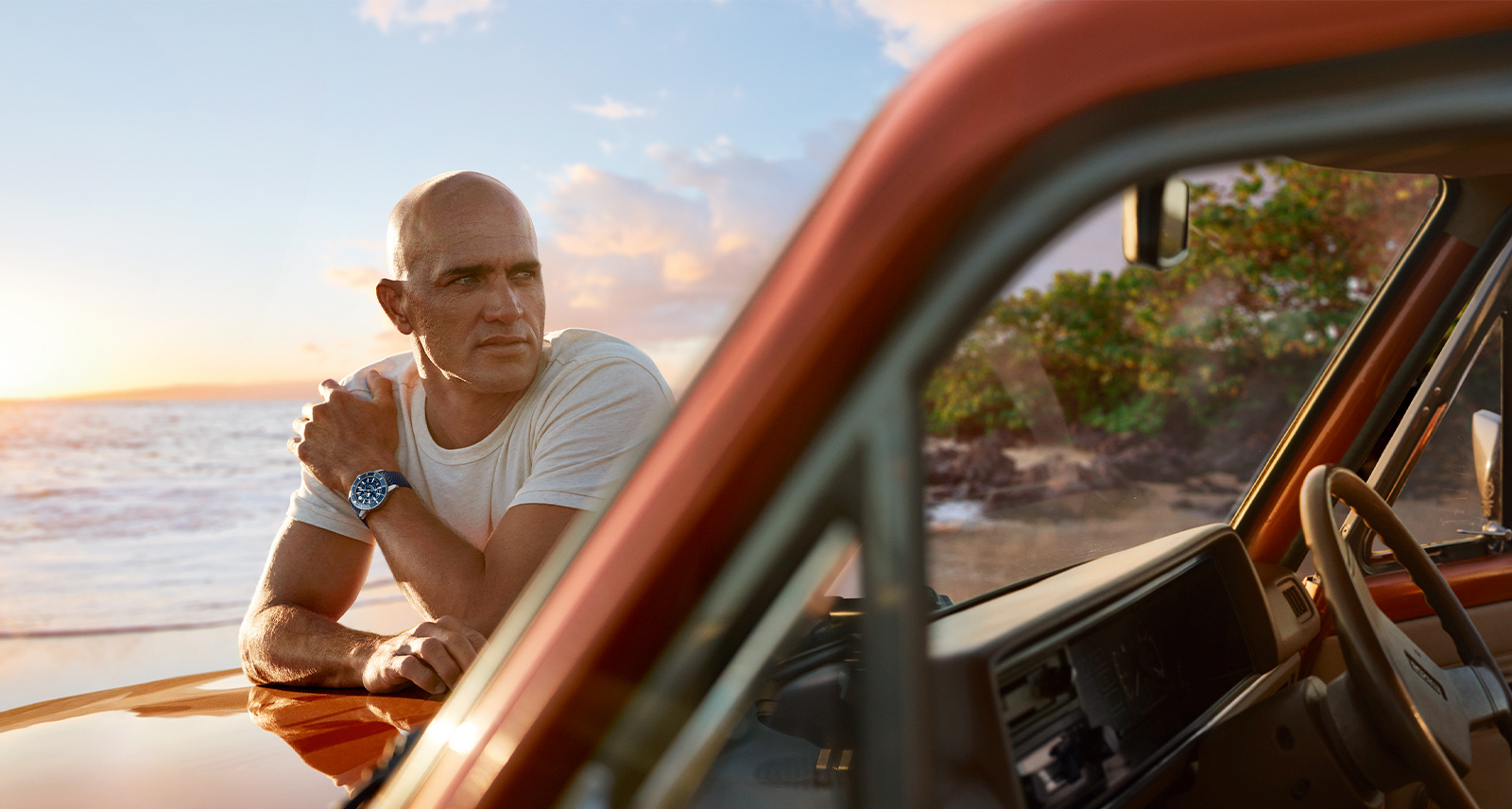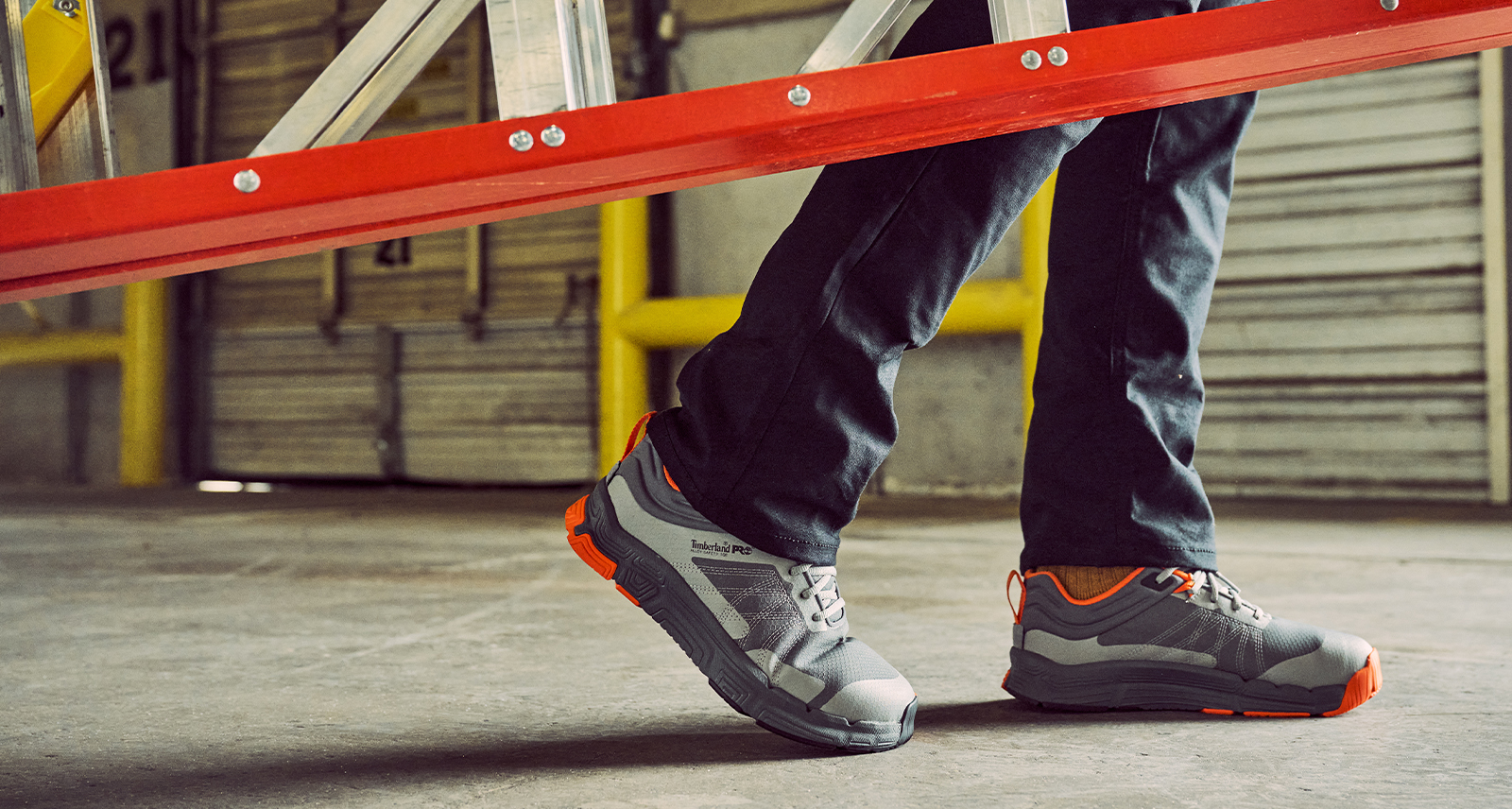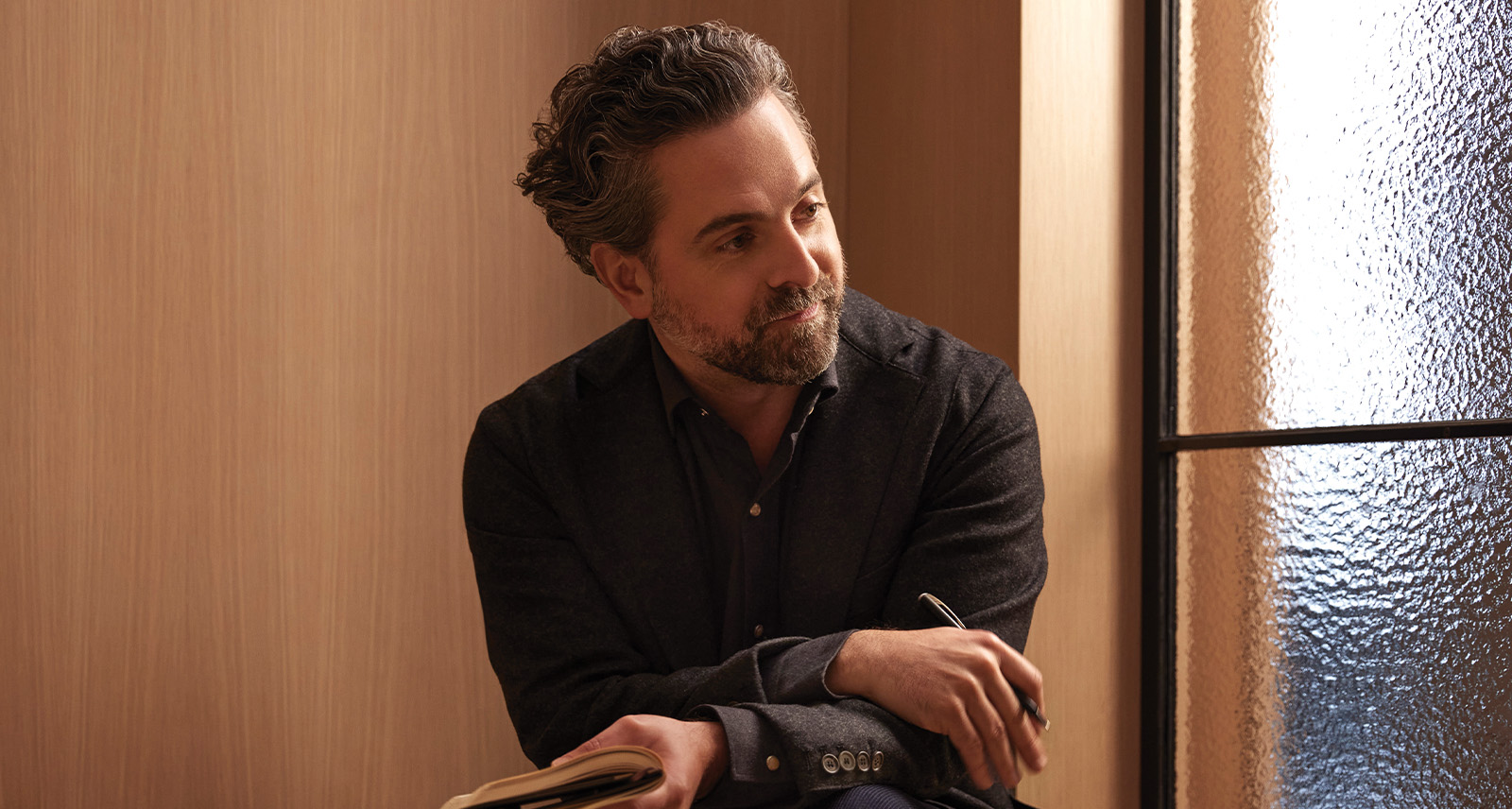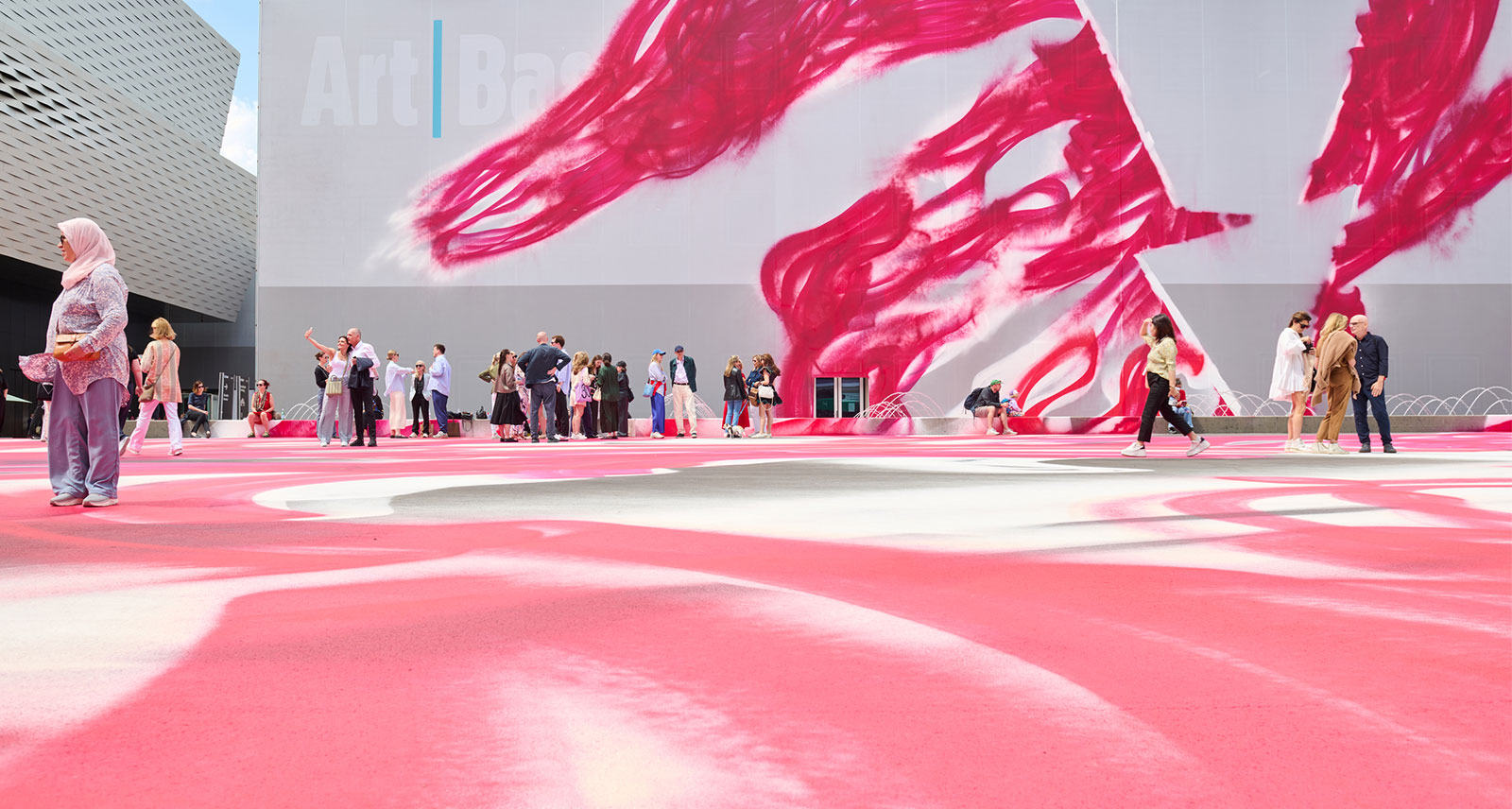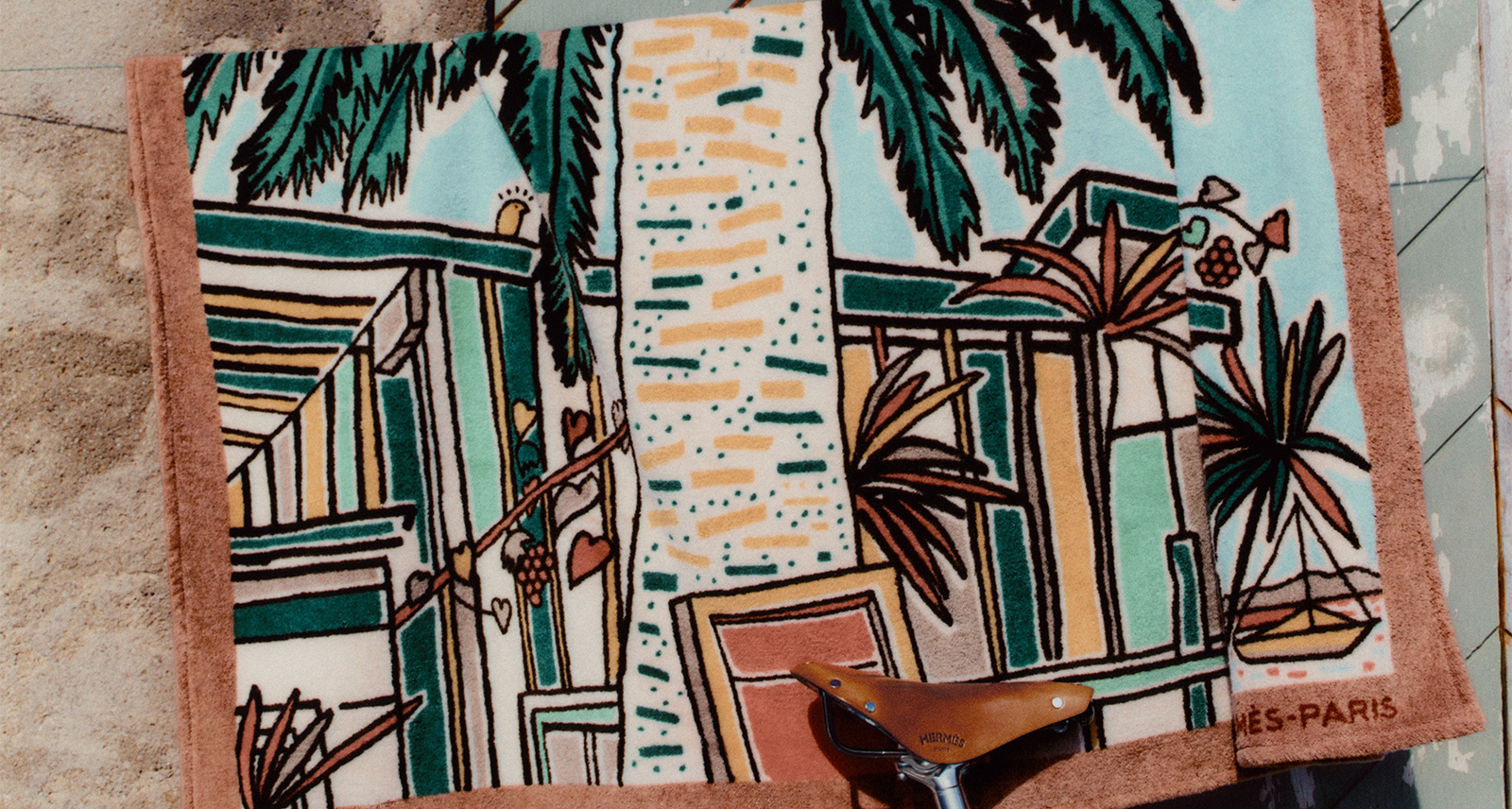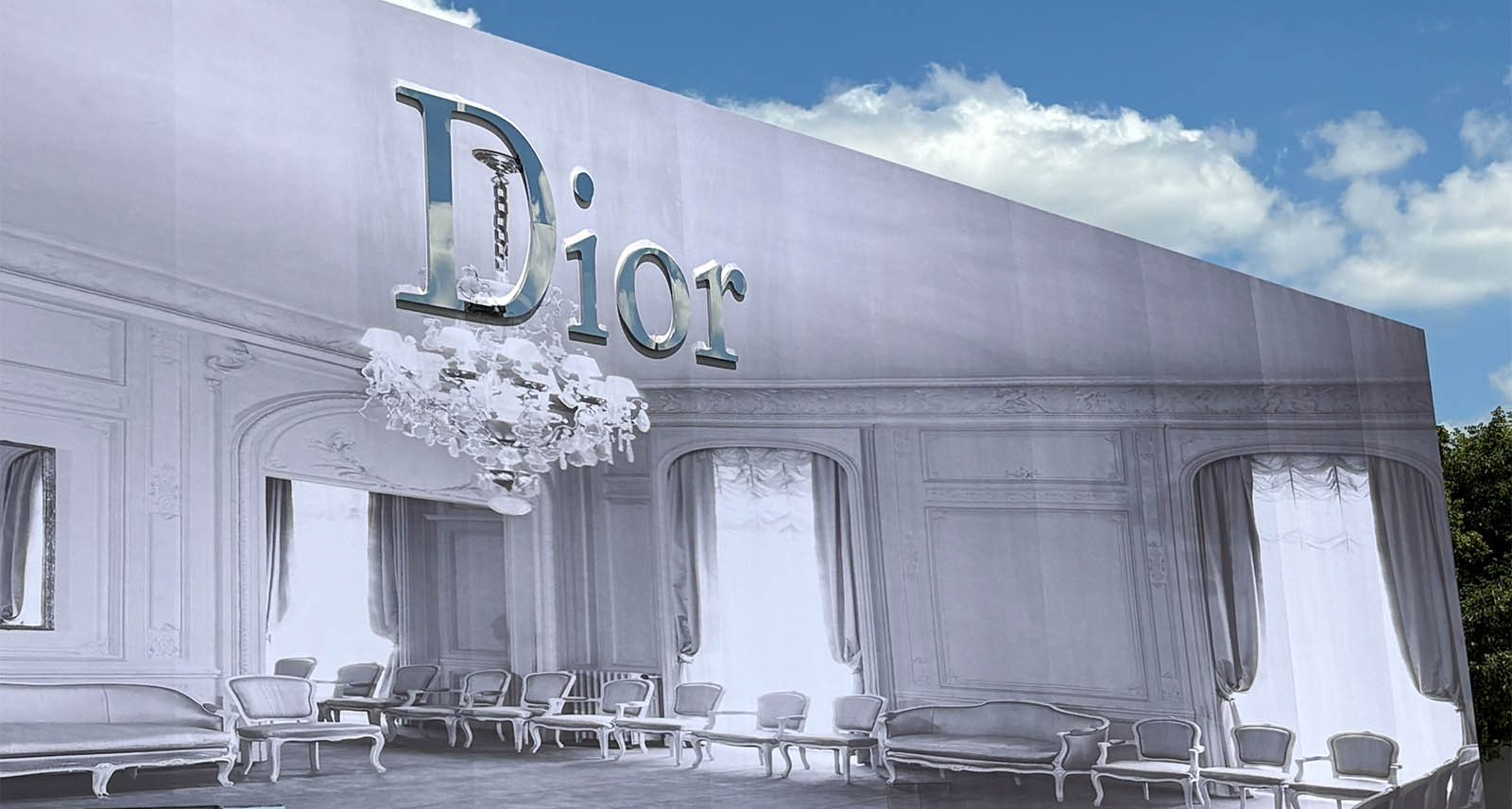Ask a Winemaker: Clemens and Helena Lageder on Legacy and the Future of their Family’s Winery
Alois Lageder & Sharp
Under the leadership of Alois Lageder IV in the 1990s, this landmark winery started the conversion to full biodynamic and organic viticulture in all of its vineyards in the Dolomites a pristine and dramatic mountain range in Italy’s Northeast region on the border with Austria. Now, the baton has been handed over to Clemens and Helena, a brother-and-sister team that represents the sixth generation of visionaries in this storied wine family. We got a chance to sit down with them (over Zoom, of course) at their homes in northern Italy to chat about the family legacy and their exciting plans for the winery’s future.
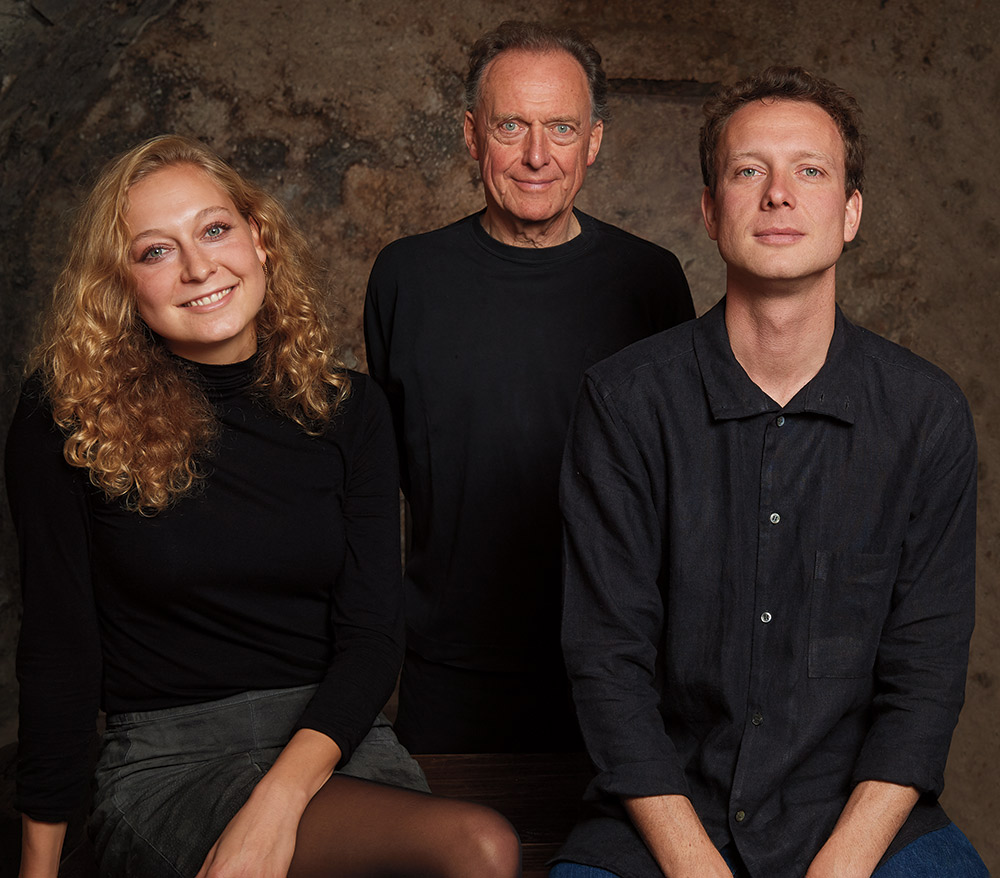
Alois Lageder was a pioneer in organics and biodynamics — decades before other people hopped on board. Why do you think your family was so far ahead of the curve?
HELENA LAGEDER: Our family has always had this philosophy of working with nature and not against nature our grandmother even worked her vegetable garden in a biodynamic way. As farmers, we have a great responsibility. Not only towards oneself, but also the consumer, the envi- ronment, and the whole landscape.
Some of the best wines I’ve tasted are biodynamic. Is there something about biodynamic viticulture that leads to such exquisite wines?
CLEMENS LAGEDER: I don’t think biodynamic winemaking is a magical stick where everything gets better overnight. I think it takes a lot of experience and patience. The most beautiful thing about biodynamics is that it helps you broaden your horizon and look at the vineyard from a different perspective. It has a lot to do with the farmer and how eager he is, and how curious he is, to learn each year.
Wines from the Dolomites have a special character, owing to the unique microclimate in the Italian Alps. Can you describe it?
HELENA: We think of our style of wines as vibrant, fresh, and crisp — kind of a mirror of the Alpine climate we have here.
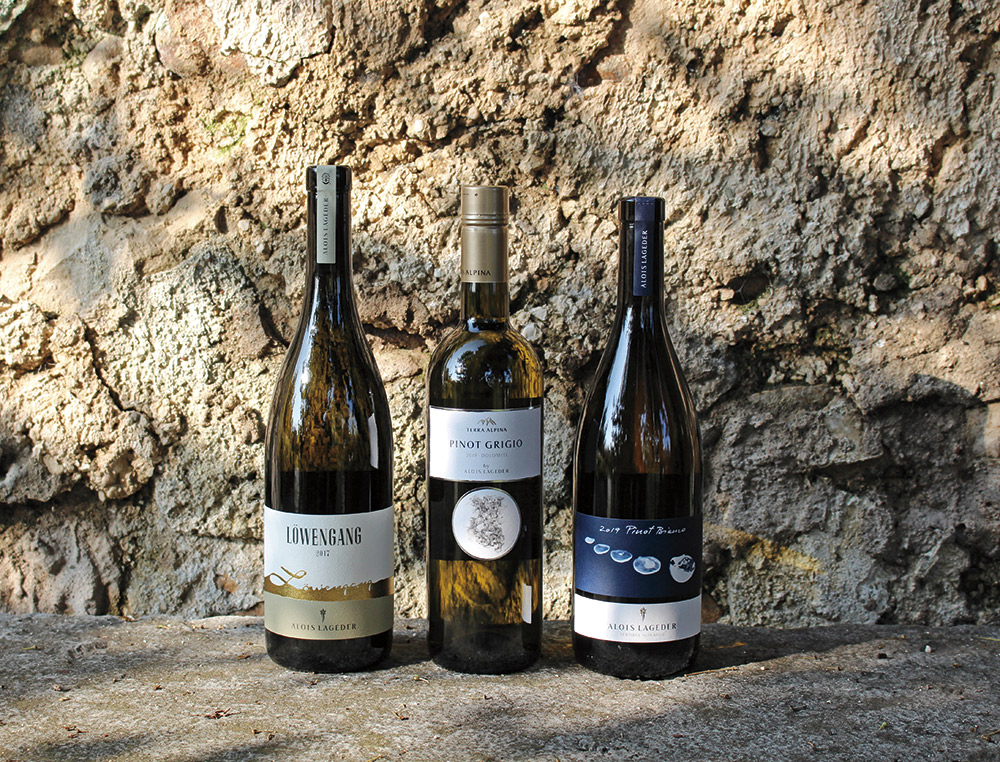
Even though you have a diverse range of grapes that do well in the Dolomitic terroir, Pinot grigio is sort of a regional superstar. Why is that?
CLEMENS: This region has this beautiful contrast between a Mediterranean climate and an Alpine climate. The Alpine winds help cool things down, especially at night. That’s important because it helps maintain the acidity of the Pinot grigio; that’s important for this grape, because it can suffer in the heat. Also, Pinot grigio demands limestone to give it a certain body and the Dolomitic limestone is superb for that.
The newest Alois Lageder project is the Terra Alpina brand. Can you tell us about it?
CLEMENS: We started Terra Alpina for two of our wines — the Pinot grigio and the Pinot bianco — several years ago when we started looking for producers in Trentino who would be interested in converting their vineyards to organic in the future. This will likely be possible in the next few years. Trentino is only 10 minutes from our winery and the terroir is excellent for these wines.
What’s the best pairing for Terra Alpina Pinot grigio?
HELENA: We have a traditional dumpling in this region called “canederli,” which is made with old bread and different fillings, and that’s a perfect pairing. For a uni- versal pairing, I like a branzino grilled with salt, tomato, and parsley served with the Terra Alpina Pinot grigio.
Any last thoughts on the future of winemaking at Alois Lageder?
CLEMENS: I think we have one of the most beautiful jobs on earth and I think we would be fools if we didn’t try to uphold the traditions that our grandparents and father established decades ago. I think our father is happy that we share his philosophy as well, and that we will carry that on over the next decades.
